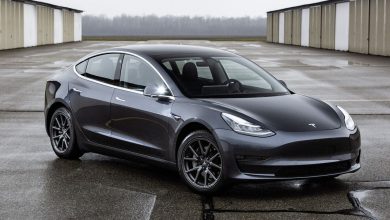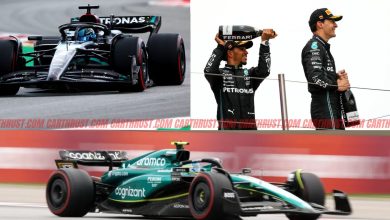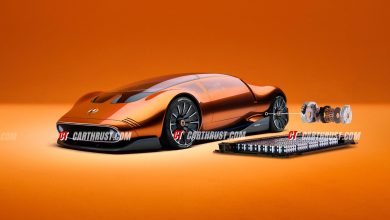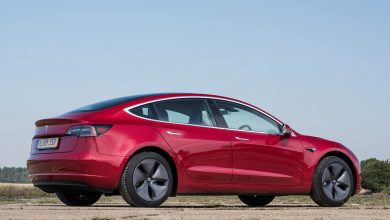Audi reveals its first-ever Dakar Rally contender, the RS Q e-tron
The Quattro's spiritual successor is now electrified with a hint of ICE in it.
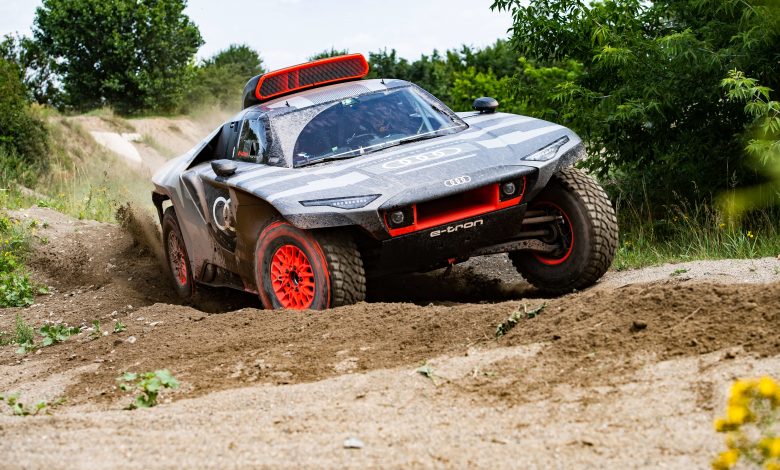
In what has to be one of the best prototypes to ever come out of Ingolstadt purely because of the tech used, at least for me, Audi Sport has taken the wraps off of its latest invention – the RS Q e-tron. “Our RS Q e-tron was created on a blank sheet of paper in record time and stands for Vorsprung durch Technik”, says Julius Seebach, Managing Director of Audi Sport GmbH and responsible for motorsport at Audi.
Following a recent review of its motorsport programs, it is confirmed that Audi will leave Formula E at the end of the 2021 season, to focus solely on the 2022 Dakar Rally in January and a return to top-level sportscar racing with a Le Mans Daytona hybrid (LMDh) car in 2023.

Built exclusively to tackle the tough and rough terrains of Dakar, this RS Q e-tron is essentially an EV but with ICE power. How come, I tell you. The base of the powertrain is full EV as both the front and rear axles are fitted with an MGU from the current Audi e-tron FE07 Formula E car developed by Audi Sport for the 2021 season.
Alongside that, the highly efficient TFSI engine from DTM is also brought on board. Why, please wait. “What we are trying to do has never been done before. This is the ultimate challenge for an electric drivetrain”, says Andreas Roos, responsible for the Dakar project at Audi Sport.

As the daily stages of the Dakar Rally measure up to 800kms or 500 miles in length, there most certainly isn’t a charging station in between, and as such, the 2.0L, turbocharged, 4-cyl motor is attached to the body of the RS Q e-tron to help recharge the 50kWh battery pack as it moves forward. The engine is extremely reliable and efficient, tuned to achieve excellent fuel economy, running between 4,500 and 6,000 rpm, and produces 580hp.
As for the electric powertrain, the two MGUs on each axle aren’t connected mechanically, but by software to create a freely configurable center differential that can distribute the torque across the axles. There is also a third MGU of the same design, to recharge the high-voltage battery while driving. Additionally, energy is also recuperated during braking. The battery weighs in at around 370kgs.

The combined output of the e-powertrain stands at 500kW or roughly 670hp, but Audi isn’t yet sure as to how much of it would be used for the Rally itself. Design-wise, Audi simply couldn’t care less as long as it does what it is supposed to do – finish the Rally in one piece and in first place.
“The vehicle looks futuristic and has many design elements that are typical of Audi,” says Juan Manuel Diaz, Team Leader of Motorsport Design at Audi. “Our aim was to symbolize Vorsprung durch Technik and the future of our brand.”

Audi has already tested a prototype in Neuburg at the beginning of July, and now has an intensive test program and the first test entries at cross-country rallies on the agenda from now until the end of the year.
“The Quattro was a gamechanger for the World Rally Championship. Audi was the first brand to win the Le Mans 24 Hours with an electrified drivetrain. Now, we want to usher in a new era at the Dakar Rally, while testing and further developing our e-tron technology under extreme conditions,” said Julius Seebach.

